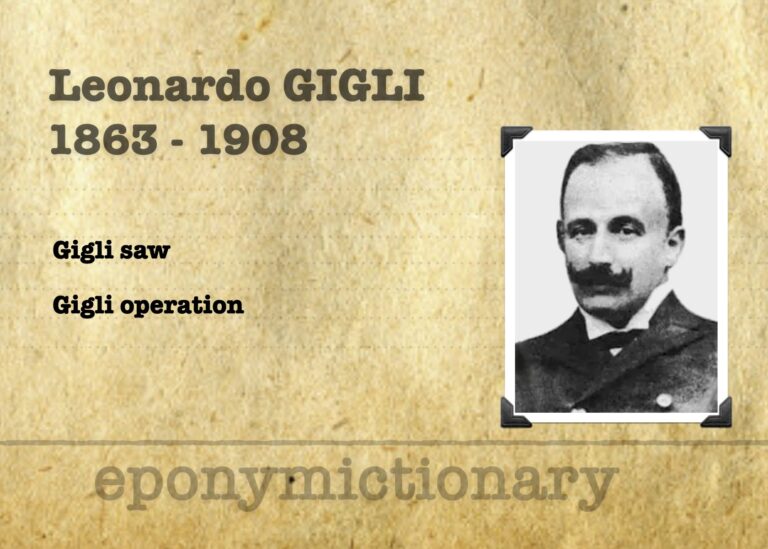
Leonardo Gigli
Leonardo Gigli (1863-1908) was an Italian surgeon and gynaecologist. Inventor of the Gigli saw for lateralised pubiotomy

Leonardo Gigli (1863-1908) was an Italian surgeon and gynaecologist. Inventor of the Gigli saw for lateralised pubiotomy
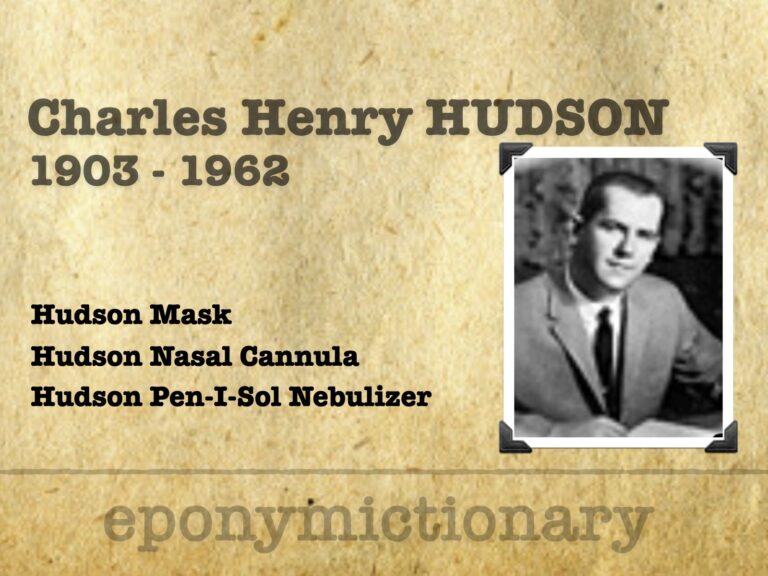
Biography Medical Eponyms Hudson Mask Patented in 1958 by Charles H. Hudson (US Patent No. 2,843,121), the “Hudson mask” became the archetype of the disposable oxygen face mask Designed for low-flow oxygen therapy (5–10 L/min), delivering approximately 35–60% FiO₂. Constructed from…
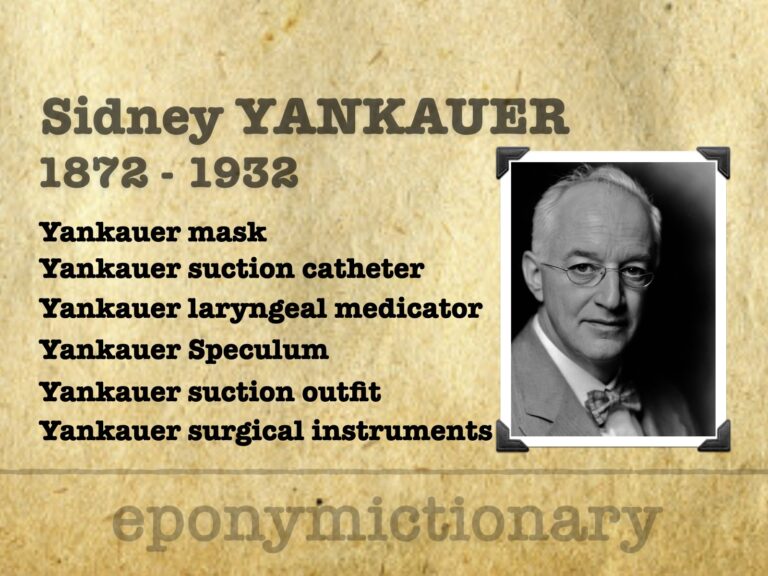
Sidney Yankauer (1872–1932), American ENT surgeon and inventor of the Yankauer suction catheter, pioneer in bronchoscopy and surgical airway care

Hermann Adolph Wülfing-Lüer (1836 – 1910) German Surgical instrument manufacturer. His wife Jeanne Amélie Lüer invented the original Lüer syringe in 1895
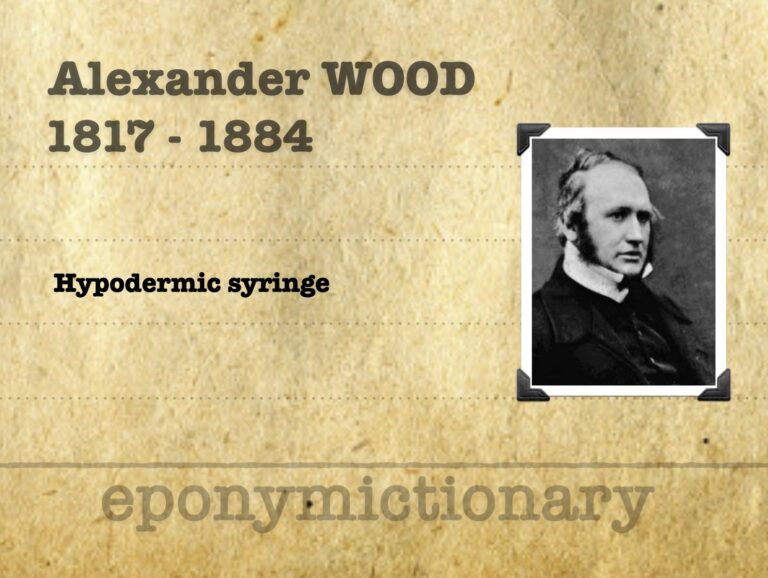
Alexander Wood (1817-1884) was a Scottish physician. Inventor of the first hypodermic needle (1853), taking the 'sting of the bee' as his model

Oxygen Cylinder: Portable supply of supplemental oxygen to maintain aerobic metabolism during patient transport
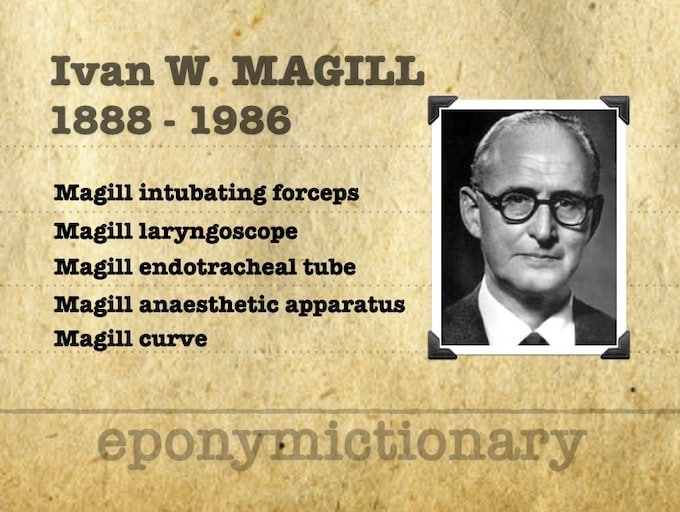
Sir Ivan Whiteside Magill (1888 – 1986) was an Irish Anaesthetist. Epomnymously affiliated with various anaesthetic devices such as the Magill forceps
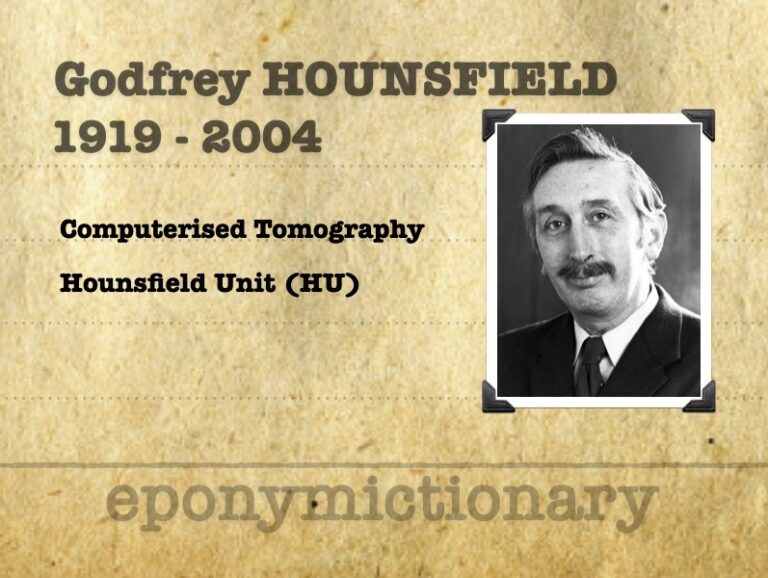
Sir Godfrey Newbold Hounsfield (1919-2004) was an English electrical engineer, Invention of computed tomography and Hounsfield Units (HU)

Bier Block; Intravenous regional anaesthesia (IVRA) provides a simple, safe technique for various surgeries on the upper and lower limbs. First performed by Bier in 1908 and fell into disuse
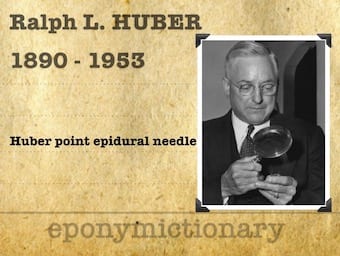
Ralph L Huber (1890-1953) was an American Dentist and inventor. Created Huber-point needle (1943, patent 1945) commonly known as TUOHY needle

History of the Development, and widespread adoption, of the Pulmonary Artery Catheter (PAC) or Swan-Ganz catheter

Marie Anne Victoire (née Gillian) Boivin (1773 - 1841) was a French midwife. Boivin Intropelvimeter; Boivin Bivalve Vaginal Speculum (1825)